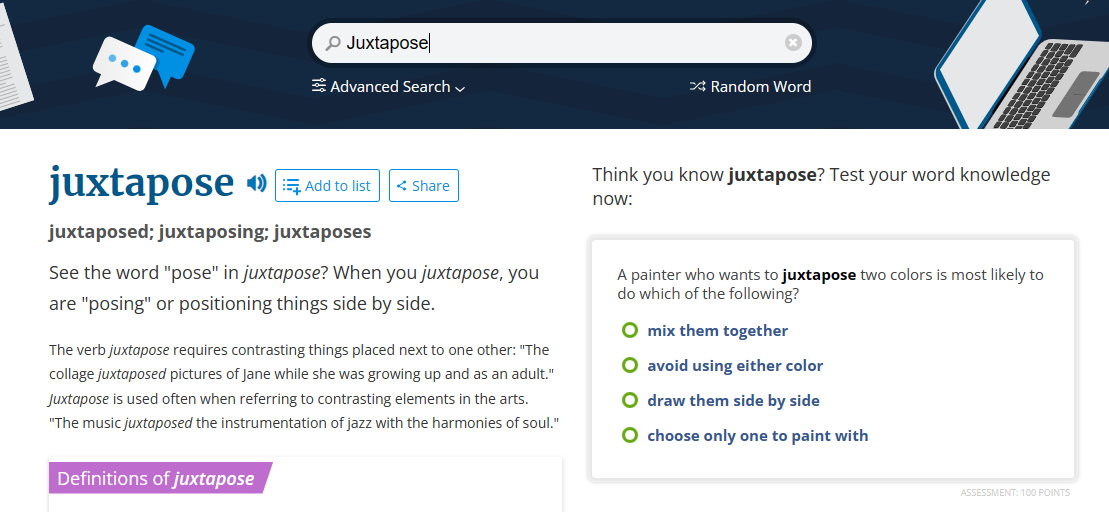Inorganic Type:
- Each ligand donates a pair of electrons to form a coordinate covalent link between itself and the central ion having an incomplete electron shell.
Chelates:
A substance containing two or more donor groups may combine with a metal to form a special type of complex known as a chelate (Greek: "Kelos, Claw"). Some of the bonds in a chelate may be ionic or of the primary covalent type, whereas others are coordinate covalent links. Depending on the number of donor groups available for complexation, ligands are called Bidentate, tridentate, or polydentate.
Bidentate Ligands:
- Have two lone pairs, both of which can bond to the central metal ion.
Quadridentate Ligand:
- A quadridentate ligand has four lone pairs, all of which can bond to the central metal ion. For example, haemoglobin.
Hexadentate Ligand:
A hexadentate ligand has 6 lone pairs of electrons - all of which can form co-ordinate bonds with the same metal ion. The best example is EDTA.
Application of Chelates:
- Water Softeners: Chelators are used to remove calcium ions from hard water. The chelates get precipitated, which can be separated by filtration.
- Preservation: Chelates are used to preserve many commercial products such as shampoos and food. Oxidative degradation of ascorbic acid (Vit-C) can be prevented by the addition of chelating agents such as EDTA. Metal ions responsible for degradation are removed by the phenomenon of chelation with EDTA.
- Heavy Metal Detoxification: Chelation therapy is the use of chelating agents to detoxify poisonous metal agents such as mercury, arsenic, and lead by converting them to a chemically inert form that can be excreted without further interaction with the body.
- Analysis of Drugs: Dimethylgloxime solution reacts with Ni ions in an ammoniacal medium and forms a red-colored precipitate of cis(dimethy|glyoximato) nickel(I). This method is used for the quantitative estimation of Ni ions. In volumetric analysis, chelating agents are often used as indicators for the titration of some metal ions.
- Anticoagulant Agents: Citrates, oxalates, EDTA are used as in vitro anticoagulants for blood as calcium ion gets chelated with anticoagulants hence not available for thrombin formation.
- Biological Activity: Many enzymes and pigments contain metals which are essential for physiological activity. Thus, biological activity depends on the formation of chelates, e.g., iron in hemoglobin, magnesium in chlorophyll, and cobalt in Vit B12.
Olefin Types:
Aqueous solutions of certain metal ions such as platinum iron, palladium mercury, and silver can absorb olefins such as ethylene to yield water-soluble complexes. Such complexes have minimum application in pharmacy.
Aromatic Types:
- pi Bond Complexes: Aromatic bases such as benzene, toluene, and xylene form n-complexes with metal ions -Ag+ by Lewis acid-base reactions. The stability of the complex depends on the basic strength of the aromatic hydrocarbon. Iodine forms an n- bond complex with benzene and gives a red-colored solution.
- (b) Sigma Bond Complexes: It involves the formation of a sigma bond between an ion and a carbon of the aromatic ring. They are very reactive and difficult to isolate. Toluene forms a sigma bond complex with the catalyst couple HCI AgCI.
- (c) Sandwich Compound: It is a stable complex involving a delocalized covalent bond between the d-orbital of a transition metal and a molecular orbital of the aromatic ring e.g., Ferrocene (bisdicyclo pentadienyl Iron 1).
.png)



















.jpg)







 a quick overview on Nobel Prizes
a quick overview on Nobel Prizes  Improve Your English Vocabulary Online With These 5 Free Tools
Improve Your English Vocabulary Online With These 5 Free Tools